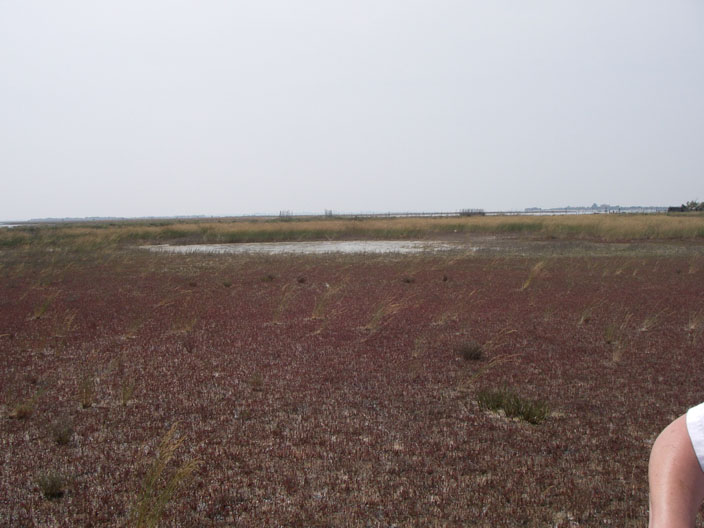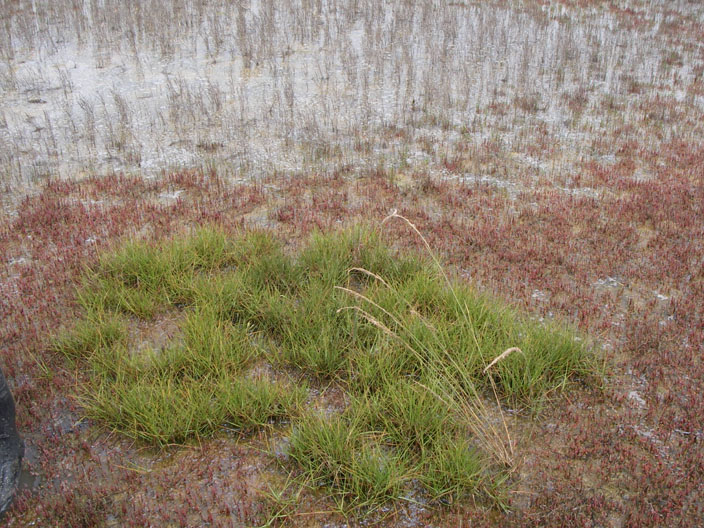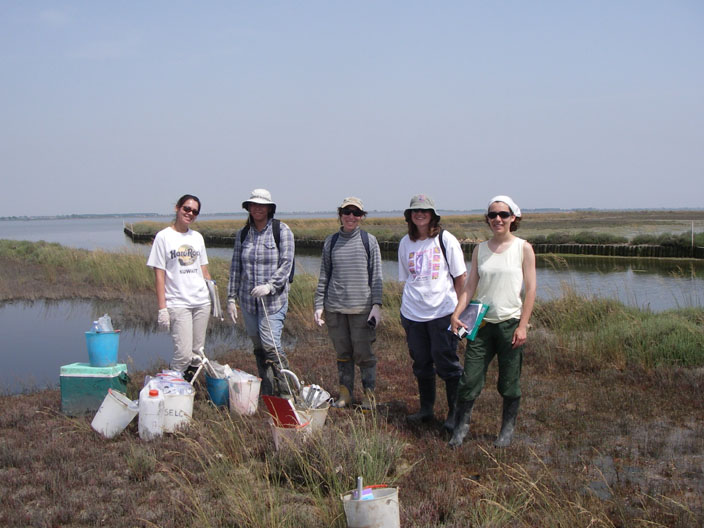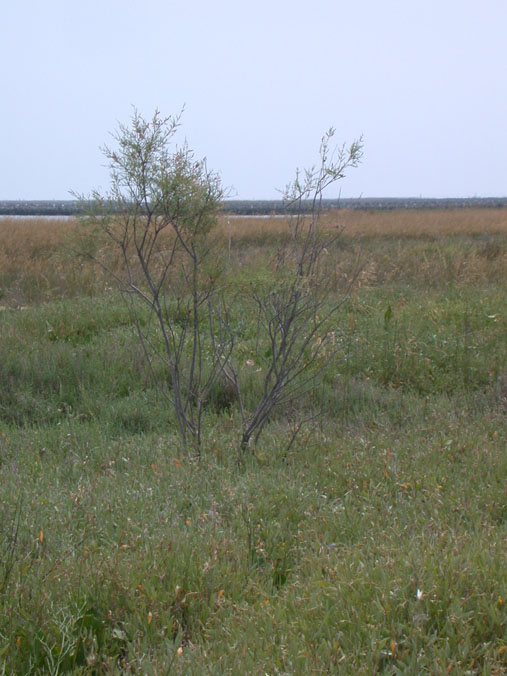Restoration in Venice Lagoon
2.3 Assessment of Benthic Communities – Levin, McMillan
This component will assess the recovery/fate of benthic communities in
sediment after translocation into sub-tidal banks, and will address the
impact of sub-tidal banks on the local food web. For comparative purposes,
this component will also perform research on salt marshes previously built
by CVN using Type B sediments.
Macrofaunal invertebrates (animals retained on a 0.3 mm mesh) inhabiting marine sediments provide key indicators of ecosystem health. Assessment of benthic communities within Type A and B sediments will be made for existing sediments and the experimentally manipulated sediment banks. Using quantitative sediment cores we will examine (a) animal density (b) vertical distribution within sediments (c) taxonomic composition (d) species diversity and dominance, (e) feeding and dwelling modes, and (f) measures of community similarity. These assessments are critical for understanding sediment modifications and the fate of contaminants. We will attempt to create an index or indicators of assemblage ‘health’. Both univariate and multivariate statistical techniques will be applied to community data to assess differences between Type A and B sediments, mercury- versus chromium-contaminated sediments, transplanted versus control sediments, time series and other treatments. In addition, the relationships between measures of community structure (abundance, diversity indices, vertical distribution and feeding patterns) and geochemical/contaminant parameters will be examined through regression and multivariate approaches (e.g., BIO-ENV). Macrobiological results will be integrated with the studies of foraminifera, ostracods, and brittlestar toxicity as well as with geochemical microbiological and physical finds to provide a comprehensive overview of the consequences of sediment manipulation.
An auxiliary study is proposed to investigate the successful colonization and development of salt marshes restored with Type B sediments, relative to control (undisturbed) salt marshes. Lessons learned from contaminated sediment effects on marsh succession can guide design and analysis of sub-tidal sediment movement projects. The marsh study would focus on development of vascular plant, algal and animal communities, examining several restored marshes of different ages and comparing them to nearby reference marshes. Specific measurements would involve restored versus natural comparisons of plant cover and species richness, epifaunal and infaunal animal density, diversity and composition, and food web structure, based on stable isotopic analyses. Given the importance of functional as well as structural recovery, we will specifically address (a) the degree to which the base of the food chain is similar in Type B sediment marshes and natural marshes and (b) whether differences in food availability are driving the structure of consumer communities.

Restored salt marsh in Venice Lagoon: Salicornia habitat

Invasive Spartina townsendii in Venice Lagoon

Levin Lab members at work in Venice Lagoon

Tamarisk in a Venice Lagoon salt marsh
| Related Downloads: | |
View
Description of Research with Images (PowerPoint File) |
|